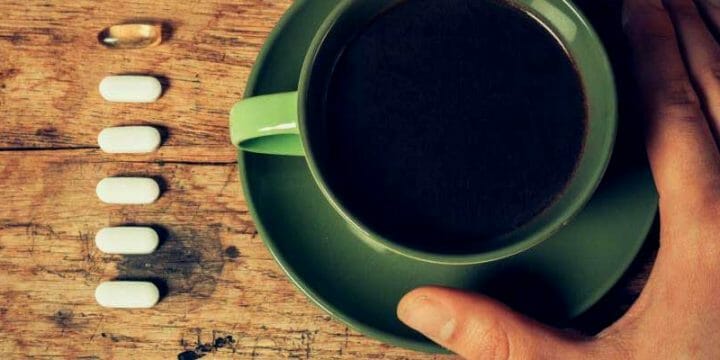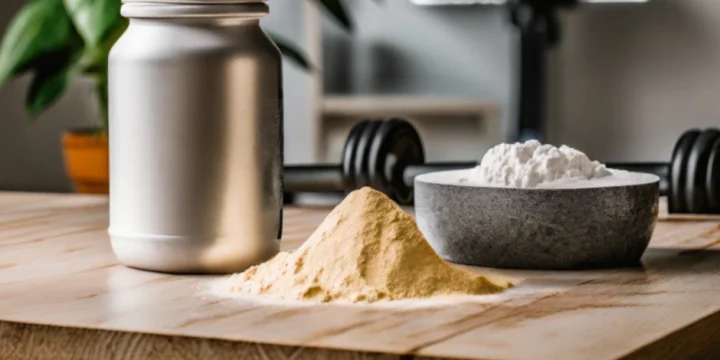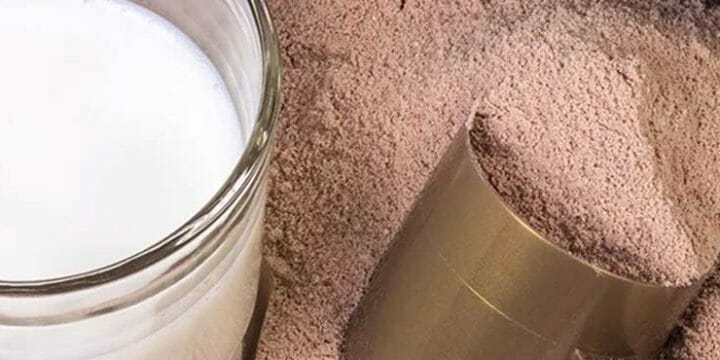Imagine using your body movement to increase your range of motion and flexibility, through quick, intense, and rapid movements.
In my coaching experience, I've noticed athletes express concerns about the safety and effects of ballistic stretching. I've collaborated with a physical therapist to fully understand the benefits of these exercises.
What if there's a specific technique to prove that ballistic stretching is beneficial?
Prepare to be amazed as we reveal the true impact of ballistic stretching on your body.
Quick Summary
What Is Ballistic Stretching
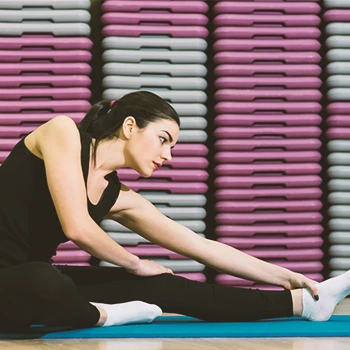
Ballistic stretching involves bouncing movements to abruptly enhance the range of motion, using the momentum of a fast-moving body or limb.
Research from the Journal of Strength and Conditioning highlights its use by dancers and athletes to boost flexibility and muscle power [1].
Classified as passive stretching by the Journal of Applied Physiology, it uses momentum to exceed a muscle's static range of motion [2].
Suitable for preparing for athletic activities, especially those requiring explosive movements, ballistic stretching activates multiple muscle groups, making it an ideal stretching method before workouts.
In my sessions, I often see confusion between ballistic and other forms of stretching, like static and dynamic, which is crucial to clear up.
The Difference Between Static and Ballistic Stretching
While ballistic stretching exercises involve quick swinging and bouncing stretches, in static stretching, a stretched position is held for a few seconds to allow your muscle fibers to get used.
“Most ballistic stretches are similar to regular static stretches, just with the addition of a bouncing or pulsing motion at the furthest point of the stretch.”
- Steve Silvestro, Medical Doctor
The other difference is timing. You should perform static stretching after an exercise routine, while ballistic stretching is best done before a workout.
The Difference Between Dynamic Stretching and Ballistic Stretching
With dynamic stretching or active stretching, there are no bouncing movements that tend to push muscles past their normal range of motion, like when performing ballistic stretching. Instead, dynamic stretches are more controlled and continuous.
Examples of Ballistic Stretching

Before we dive into some of the most common examples of ballistic movements, remember that this form of stretching can compromise joint stability and increase the risk of muscle and tendon injuries if not performed correctly [3].
So here's how to perform them safely:
Ballistic Pancakes
The ballistic pancake stretch may look simple to do, but it might take several tries before you can do it to perfection.
So, essentially, you’ll split your legs as far as you can while seated or standing, then bend over with your legs straight.
How to do it:
- Sit down in a straddle position.
- Reach your arms forward as far as possible.
- Hold for about 30 seconds while making little bouncing stretches and trying to reach further forward.
- Repeat this three times.
Ballistic Single-Leg Stretch
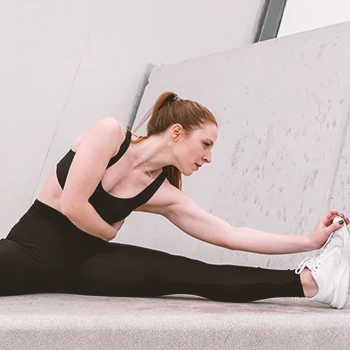
In single-leg ballistic stretching, you’ll reach down on one leg and alternate to the other.
How to do it:
- Sit down in a straddle position.
- Lean forward towards one leg and grab the foot. Place your hands on either side of the leg if you cannot grab it.
- Try to reach down as far as you can while making small bounces to bring your body down further.
- Hold for about 20 seconds before alternating to your other leg and repeating the same.
Related Article: How Long Is It Safe To Hold Stretches
Ballistic Toe Touch
This is the simplest, and it is also one of the most popular. It's also a bit similar to the ballistic pancake stretches, except your legs are together.
Here’s how to do it:
- Start by standing with your feet hip-width apart.
- Bend forward and attempt to reach your toes.
- Once down, perform a few bounces up and down as you attempt to reach down further and stretch past your normal range.
Standing Lunge
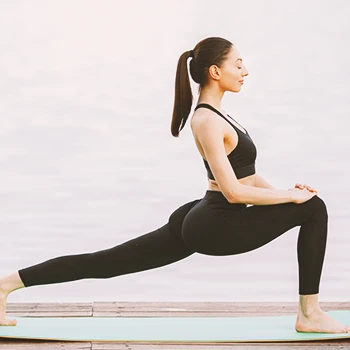
The standing lunge is particularly beneficial for your glutes and quads, making it a good warm-up or warm-down after a leg workout at home or the gym.
Here’s how to do it:
- Start by standing with your hips hip-width apart.
- Now, take one big leap forward with your right leg.
- Bend your front foot and lower your hips downward as if doing a lunge. Ensure your front knee doesn't extend past your toe.
- Drive your back leg back and forth several times to feel the stretch.
- Rise up and take the leap back to your starting position.
- Do the same with your left leg.
Other examples of ballistic stretching include the following:
- Arm Circles
- Neck Tilts
- Shoulder Rotations
- Calf Stretches
- Core Twist
- Hurdle Stretch with a Twist
Benefits

Below are a few benefits that come with doing a ballistic stretching routine.
Increased Range of Motion
Ballistic stretching boosts flexibility, which is vital for athletes in sports like gymnastics and basketball.
Studies, including one from the Scandinavian Journal of Medicine and Science in Sports, show it surpasses static stretches in enhancing range of motion, crucial for top-notch athletic performance [4].
Improved Athletic Performance
I often tell athletes that mimicking sports movements through quick, ballistic stretches preps muscles for explosive actions.
According to a study from the British Journal of Sports Medicine, this type of high-dynamic warm-up can improve strength and power performance [5].
Athletes use this to maximize their performances.
Related: 10 Principles For Achieving an Athletic Body
Hamstring Flexibility
From my experience, hamstring injuries in sports, often due to muscle tightness, can be mitigated with a proper warm-up, including ballistic stretches.
I've successfully used leg swings, a form of ballistic stretching, to alleviate hamstring injuries by loosening hamstrings and hip flexors.
Tendon Elasticity
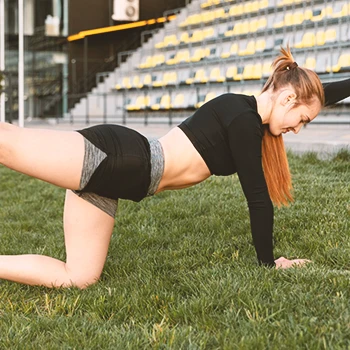
Another quite common injury among athletes is the Achilles tendon, which results from inflexibility and poor joint movement.
And as you can guess, ballistic stretching can help reduce the risk of such an injury by increasing tendon elasticity [6].
Better Blood Circulation and Reduced Muscle Soreness
Stretching keeps muscles limber, boosting blood flow, and dodging health hiccups.
I always recommend ballistic stretching before workouts to my clients to help reduce muscle soreness, known as DOMS [7].
Pair it with a pre-workout supplement, and you're golden for a stellar workout session.
FAQs
When Should You Do Ballistic Stretching?
You should do ballistic stretching before a high-performance activity or workout as a warm-up exercise. This is because fast and sudden stretches can help prep your muscles, particularly by increasing their range of motion.
Can Ballistic Stretching Be Dangerous?
Yes, ballistic stretching can be dangerous when done suddenly and forcefully, as it can damage soft tissues around joints such as tendons and ligaments.
References:
- https://pubmed.ncbi.nlm.nih.gov/17194248/
- https://pubmed.ncbi.nlm.nih.gov/24812641/
- https://www.ncbi.nlm.nih.gov/pmc/articles/PMC3273886/
- https://www.ncbi.nlm.nih.gov/pmc/articles/PMC5479471/
- https://bjsm.bmj.com/content/49/14/935
- https://www.ncbi.nlm.nih.gov/pmc/articles/PMC2658965/
- https://pubmed.ncbi.nlm.nih.gov/8451526/
About The Author
You May Also Like

